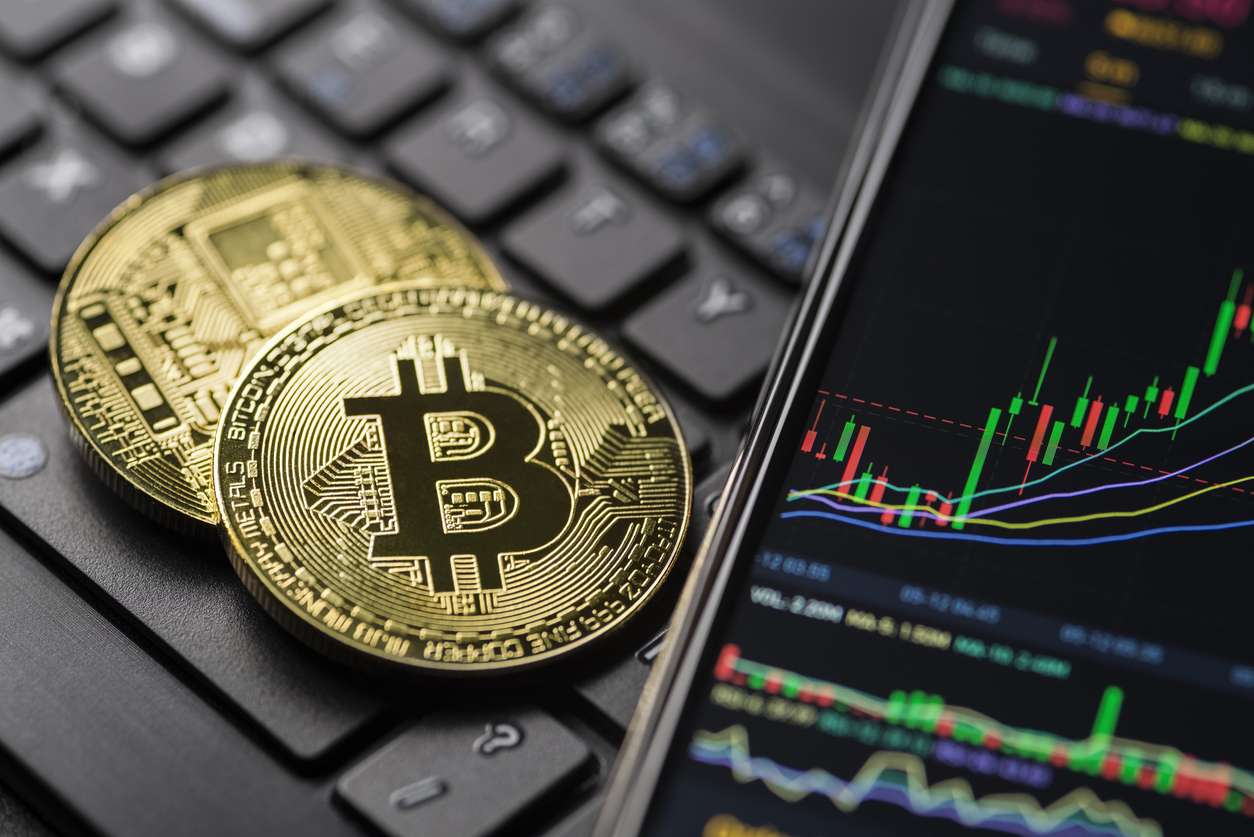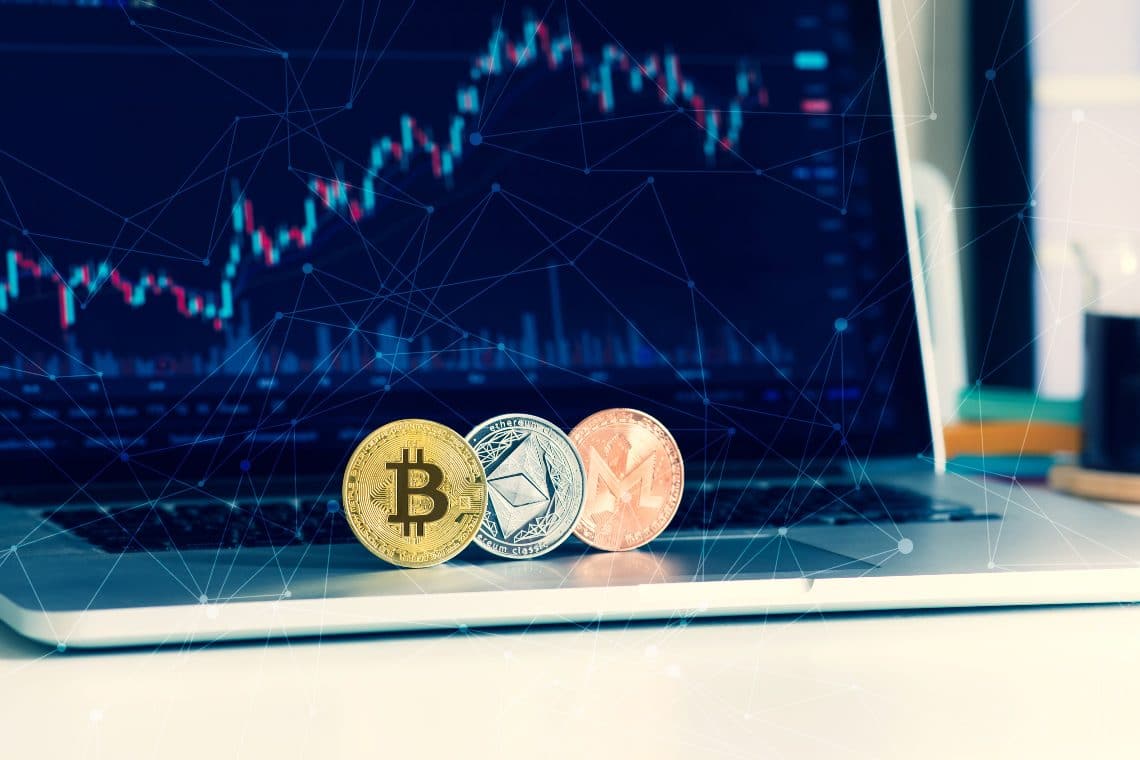
Blockchain technology achieves decentralized security and trust in several ways. After a block has been added to the end of the blockchain, previous blocks cannot be altered. Each node has its own copy of the chain that gets updated as fresh blocks are confirmed and added. This means that if you wanted to, you could track a bitcoin wherever it goes. The Bitcoin blockchain collects transaction information and enters it into a 4MB file called a block (different blockchains have different size blocks). Once the block is full, the block data is run through a cryptographic hash function, which creates a hexadecimal number called the block header hash.

What is Bitcoin?
The seller can easily claim they have not received the money even though they have, and the buyer can equally argue that they have paid the money even if they haven’t. In a normal blockchain network, there are lots of nodes, and lots of transactions are verified at once. Once a transaction is validated and declared a valid transaction, it is added to the new block.
- That means if you try to deposit a check on Friday at 6 p.m., you will likely have to wait until Monday morning to see the money in your account.
- A blockchain database stores data in blocks that are linked together in a chain.
- Adding restricted access to an encrypted record-keeping ledger appeals to certain organizations that work with sensitive information, like large enterprises or government agencies.
- Contrary to this, only authorized persons can access the information on a permissionless blockchain.
- From greater user privacy and heightened security to lower processing fees and fewer errors, blockchain technology may very well see applications beyond those outlined above.
- It records, stores and verifies data using decentralized techniques to eliminate the need for third parties, like banks or governments.
Introduction to Blockchain technology Set 1
This is one example of blockchain in practice, but many other forms of blockchain implementation exist or are being experimented with. Blockchain can be used to immutably record any number of data points. The data can be transactions, votes in an election, product inventories, state identifications, deeds to homes, and much more. The nonce value is a field in the block header that is changeable, and its value incrementally increases with every mining attempt. If the resulting hash isn’t equal to or less than the target hash, a value of one is added to the nonce, a new hash is generated, and so on. The nonce rolls over about every 4.5 billion attempts (which takes less than one second) and uses another value called the extra nonce as an additional counter.
How can a person invest in blockchain technology?

In the property transaction scenario, blockchain creates one ledger each for the buyer and the seller. All transactions must be approved by both parties and are automatically updated in both of their ledgers in real time. Any corruption in historical transactions will corrupt the entire ledger. These properties of blockchain technology have led to its use in various sectors, including the creation of digital currency like Bitcoin.
There are two types of costs blockchain could reduce for you: the cost of verification and the cost of networking.
The private and public keys work together to unlock the data in the ledger. DeFi yield farming is a blockchain-based investment strategy in which you lend your cryptocurrency to another person using smart contracts. Many yield farmers move their cryptocurrency from one platform to another to maximize their returns. Some examples of DeFi yield farming platforms are Compound Finance (CF), Aave (AVAVE), and MarketDAO (MA DAO).
- Blockchain mitigates such issues by creating a decentralized, tamper-proof system to record transactions.
- They use smart contracts to allow public members to check if private transactions have been completed.
- Probably the most direct and regulated way to invest in blockchain tech is by investing in stocks of publicly traded companies that are developing blockchain networks.
How Do We Calculate Our Crypto Valuations?
Drafting your business requirements will be necessary after that to ensure that nothing is missed. Think about the technologies that an ecosystem need, both off-chain and on-chain. By using these specifics, you can make a https://teslafunds.io more concrete product roadmap that will help you stay on schedule and comprehend the resources needed.
Once a block has been added, it can be referenced in subsequent blocks, but it can’t be changed. If someone attempts to swap out a block, the hashes for previous and subsequent blocks will also change and disrupt the ledger’s shared state. Anyone on the network can fetch the information and confirm the transaction. This will help to keep track of all the transactions and to verify whether any user is trying to double spend. Governments, businesses and institutions use blockchain to enable a secure and trusted infrastructure for digital identity and credentials.
How does blockchain work?
The other issue with many blockchains is that each block can only hold so much data. The block size debate has been and continues to be one of the most pressing issues for the scalability of blockchains in the future. Using blockchain allows brands to track a food product’s route from its origin, through each stop it makes, to delivery. Not only that, but these companies can also now see everything else it may have come in contact with, allowing the identification of the problem to occur far sooner—potentially saving lives.



